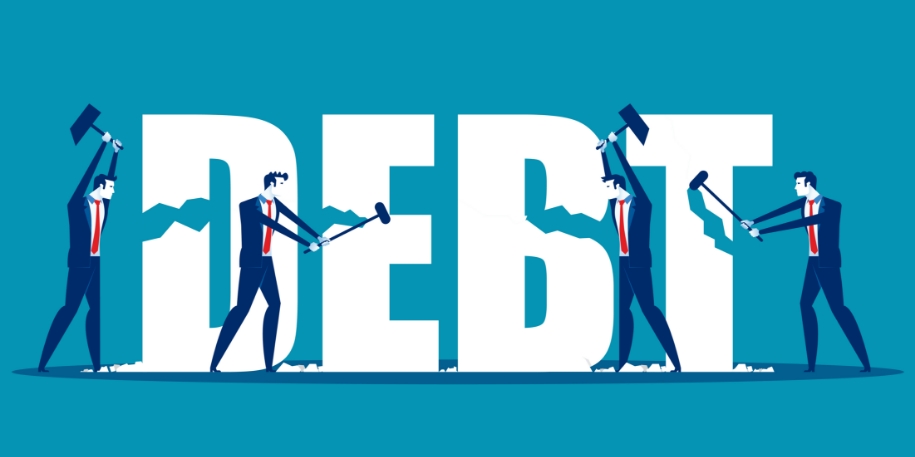Once you have pulled your credit report, reviewed it and requested the necessary information be corrected, the next step is resolving any out-standing debt on your credit report. There are three options to resolving debt on a credit report:
- Paying it off in full
- Making a payment arrangement
- Offering a settlement amount for payment in full
Paying off in full
- Contact the company you owe the debt to find out where to send the payment and who to make the payment out to.
- Keep a record of the names and phone numbers of people you spoke with about paying the debt.
- Send a certified money order or cashier’s check In the memo section write “for payment in full” and be sure to include the account number.
- Have the company send you a letter stating the account has been paid in full and that you have a zero balance once the payment is processed.
- Request a receipt for payment that shows a zero balance.
- Send copies of the receipt and letter showing a zero balance to the credit bureaus to ensure the account information is updated. The company should contact the credit bureau and update when they receive you payment, this is just an additional step to ensure your file is accurate. Making a Payment Arrangement
- Contact the company you owe the debt to make a payment arrangement
- Let them know you would like to take care of the account, but would not be able to pay in full at this time.
- Be sure you have looked at your monthly spending plan to determine the amount you can afford to pay each month. It is important you do not agree to pay an amount greater than you can afford to avoid another potentially harmful financial situation.
- Keep a record of the names and phone numbers of people you spoke with about paying the debt.
- Keep copies or electronic records of all payments you make.
- If you are able, after several months you can call and offer a settlement amount on the balance as payment in full.
Offering a Settlement
- Contact the company by telephone
- Before you call, have the money on hand you wish to use to pay for a settlement agreement.
- Know how much you can afford to pay and would like to pay. Be sure to not settle for an amount you are not comfortable with paying. If you cannot reach an agreement that matches what you can afford, simply thank the creditor and hang up the phone.
- Use your negotiation skills to reach an agreement. Remember to always offer an amount much less than you can actually afford and you and the creditor will meet somewhere in the middle for a payment amount.
- Keep good records of the dates, times, and the names of people you spoke with.
- Send a cashier’s check or certified money order for the amount you and the creditor have agreed upon.
- Make sure to write “For Payment in Full” or “Settled in Full” in the memo section along with the account number and to make a copy of the check or money order for your records.
- Ask the company to send you a letter stating the account has a zero balance once they receive the settlement amount.
- Send copies of the receipt and letter showing a zero to the credit bureaus to ensure the account information is updated. The company should contact the credit bureau and update when they receive you payment, this is just an additional step to ensure your file is accurate.
Debt repayment chart for making payment arrangements: You can use the chart below to lay out the debts you find on your credit report that need to be resolved and determine a strategy to resolve your debt. You can use the information found on your credit report to fill in the name of the creditor, amount owed and interest rate information. However, you must first complete your Monthly Spending Plan to know how much net income you have that can be used towards resolving old debt.
Tip: List the debts with the highest interest rates first, as these are the ones that could eventually cost you more money. Don’t feel obligated to pay off all debts at one time. Approach the amount that are comfortable for you and work on resolving those first. Once you have paid off debt, the money you were dedicating to paying that debt monthly can be used to address other debts. Remember: You did not accumulate this debt overnight and it will take time and patience to resolve it as well.
Debt to income ratio tells creditors how much more debt you can handle. You can use the debt-to-income ratio to keep your debt in check. Your debt-to-income ratio could be the determining factor in whether you are able to get the financing you request. Your debt-to-income ratio is your monthly debt payment amounts divided by your monthly gross income.
